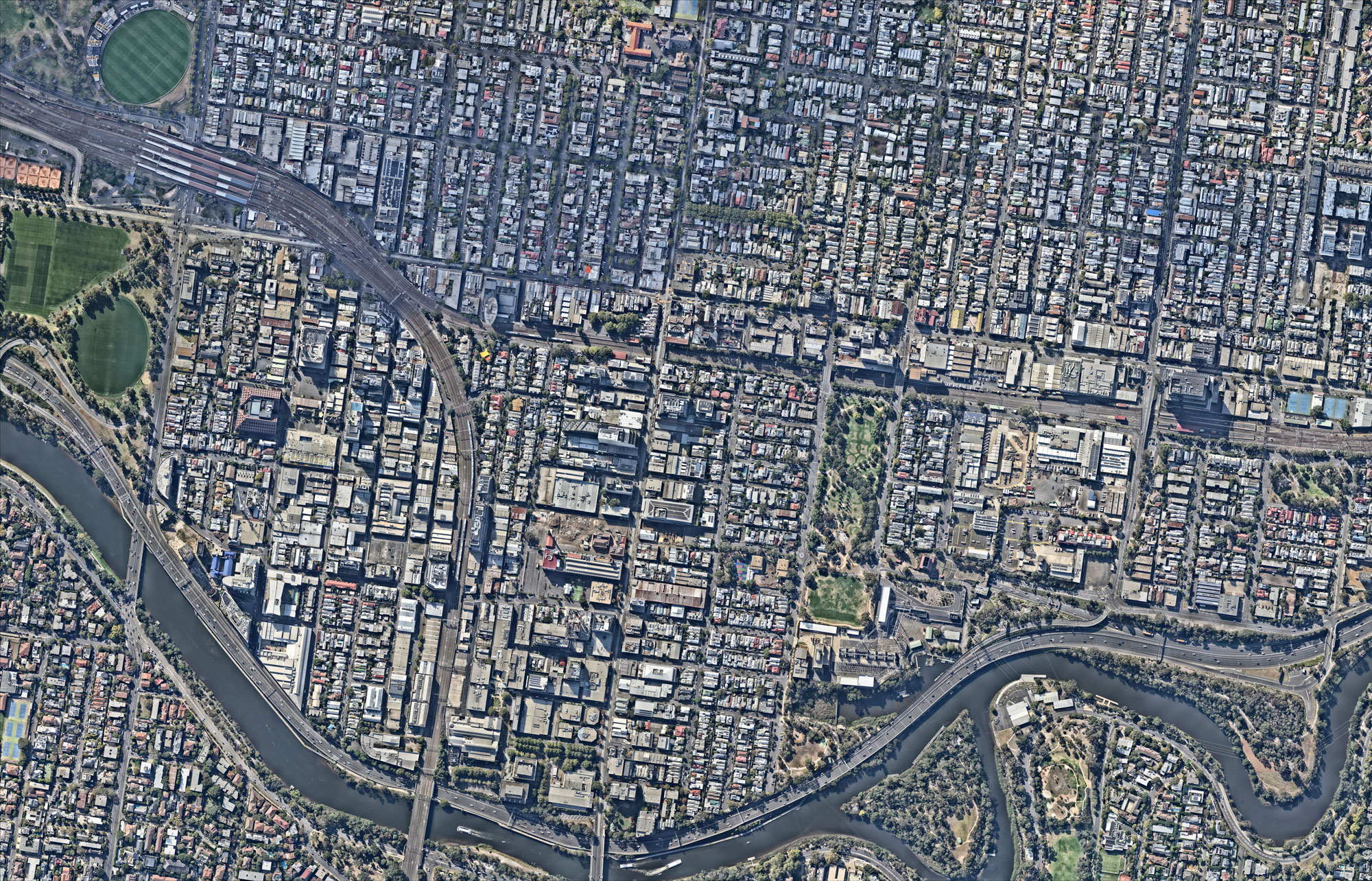Ideas
May 2025

Type
IdeasThe world of architecture is on the brink of a technological revolution, with Artificial Intelligence (AI) set to play a major role in shaping the future of the industry. However, with the rapid advancement of technology, architects must be proactive in developing new skills and competencies to ensure job security in an increasingly automated world. In this article, we will explore the exciting opportunities and risks presented by AI, and the skills and competencies that architects should focus on developing to ensure job security in an automated world.
One of the most exciting opportunities presented by AI is the potential to create designs that were previously impossible to achieve with traditional methods. With the ability to generate hundreds of design options in a matter of minutes, architects can quickly evaluate and compare different design options, and make informed decisions about the most efficient and effective design for their projects. This can help architects to save time and resources, and deliver high-quality designs that meet the needs of their clients. It’s a game-changer for the industry.
Another exciting opportunity presented by AI is the ability to analyse and optimise building performance, taking into account factors such as energy efficiency, comfort, and sustainability. With the ability to simulate building performance in real-time, architects can quickly identify areas for improvement, and make adjustments to their designs to optimise performance. This can help architects to deliver buildings that are more energy-efficient, comfortable, and sustainable, and that meet the evolving needs of their clients.
While AI offers many exciting opportunities to the world of architecture, it also presents new risks that must be carefully considered. One of the most significant risks associated with AI is the potential for bias in algorithms and decision-making processes. For example, if an AI algorithm is trained on a dataset that is biased towards a particular type of design or building, it may generate designs that are not representative of the diversity of design styles and building types that exist in the real world. This is a serious concern, and architects must be vigilant in ensuring that AI systems are transparent and unbiased in their decision-making processes.
Another risk associated with AI is the potential for job loss, as automation may displace architects and other professionals who are currently employed in the design and construction industry. This is a daunting reality, but architects must not be discouraged. Instead, they should be proactive in developing new skills and competencies that are in demand in an increasingly automated world. They must work together with AI providers to ensure that AI is developed and used in a way that supports the needs of the entire industry. The future is uncertain, but architects have the power to shape it.
The integration of AI into the world of architecture marks a pivotal moment in the evolution of the industry. While AI presents a wealth of opportunities for architects, it also presents a host of challenges that must be met with equal measure of caution and ambition. To succeed in the face of automation, architects must not only embrace the technological changes, but also embrace the need to constantly adapt and evolve their skills.
Yes, automation may push some architects out of their comfort zone, but that doesn’t mean it’s game over. In a world where creativity and innovation rule, architects must embrace their inner child and tap into their inner Picasso. They must also keep their critical thinking and problem-solving abilities sharp, while also mastering data analysis, digital literacy, and collaborating with multidisciplinary teams.
It is up to architects to shape the future of their profession and seize the opportunities that AI presents. By doing so, they will not only secure their own place in the industry, but also help to define the very nature of architecture in the years to come. Will you be among those leading the charge, or will you be left behind? The choice is yours, and the future is now.